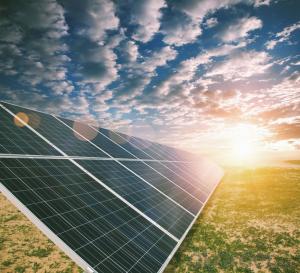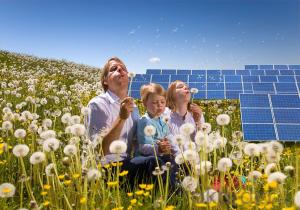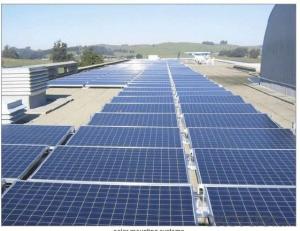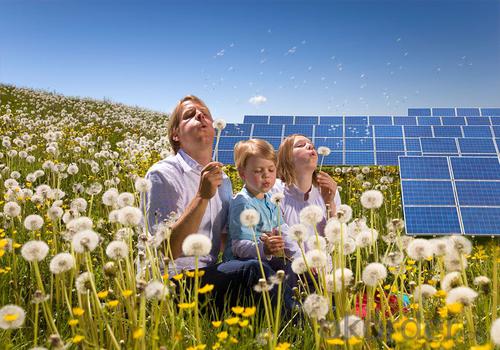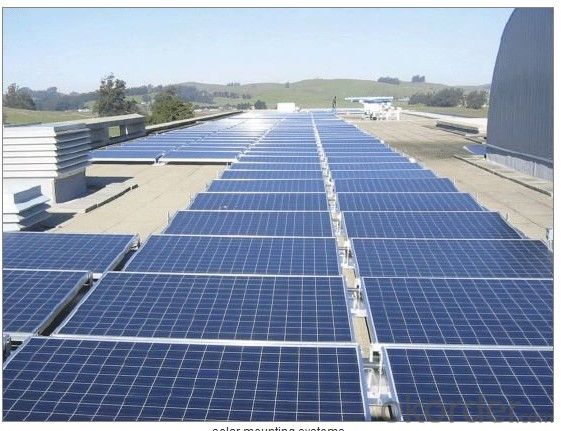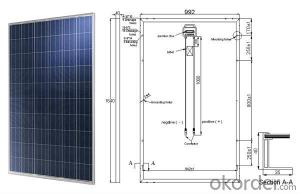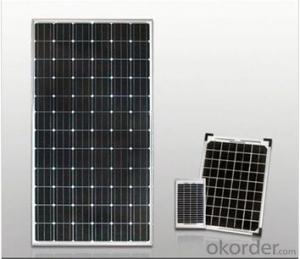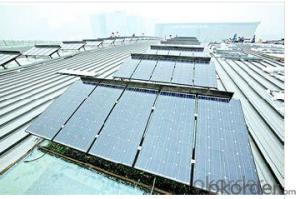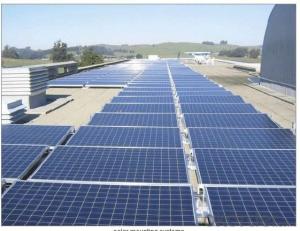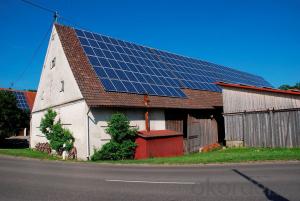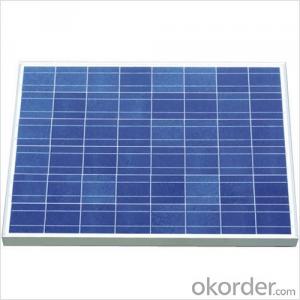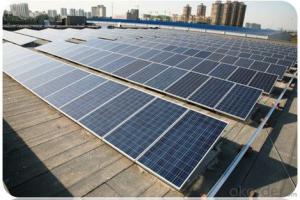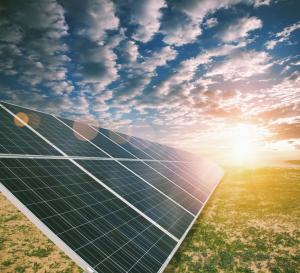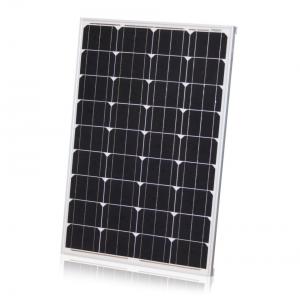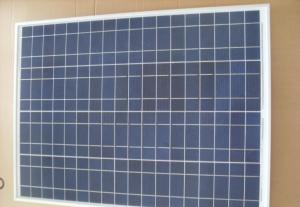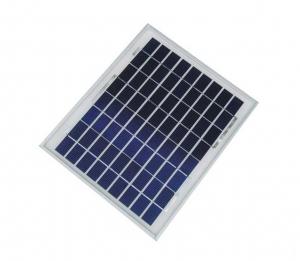295w Polycrystalline Silicon Solar Panels for Small Cabin
- Loading Port:
- Guangzhou
- Payment Terms:
- TT or LC
- Min Order Qty:
- 200000 watt
- Supply Capability:
- 20000000 watt/month
OKorder Service Pledge
OKorder Financial Service
You Might Also Like
About us
We are a high-tech group wich specializes in solar products design,research, manufacture, sales,solar projects design and installation.
Our national sales service covers seven parts, including northeast, north, east, middle, south, northwest and southwest, international sales covers five continents and over forty countries, including Germany, Italy, Spain, France, America and Brazil etc.
Our present annual capacity is 6 million for wafer, 60MWp for solar cells,200MWp for solar modules and one hundred thousand for solar applications. It is expected that the annual capacity of 2012 will be up to 30 million for wafer, 300MWp for solar cells, 1000MW for solar modules and 2 million for solar applications.
INTRODUCTION
This installation Manual contains essential information for the electrical and mechanical installation that your must know before installing CUSTOMER PV modules. This also contains safety information you need to be familiar with .All the information described in this manual are the intellectual property of CNBM and based on the technologies and experiences that have been acquired and accumulated in the long history of CUSTOMER. This document does not constitute a warranty, expressed or implied.
CUSTOMER does not assume responsibility and expressly disclaims liability for loss, damage, or expense arising out of in anyway connected with installation, operation, use or maintenance of the PV modules. No responsibility is assumed by CUSTOMER for any infringement of patents or other rights of third parties that may result from use of PV module.
CUSTOMER reserves the right to make changes to the product, specifications or installation manual without prior notice.
WORK PRINCIPLE
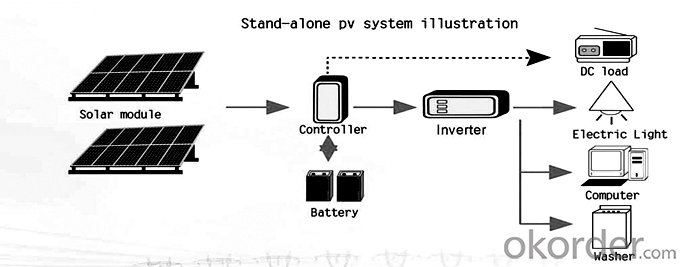
Data sheet
Maximum Power | 295W |
Efficiency | 0.152 |
Backsheet | White |
Frame Colar | Silver |
Manufacture Site | China |
Frame | Anodized Aluminum Alloy |
Weight | 27 kg |
- Q: Okay so.. if light deflect the light of the sun and black absorbs it, then aren't solar panels just absorbing more light, sun and heat into our atmosphere? Wouldn't this lead to an increase in global warming? Shouldn't solar panals be white? No rude answers please.
- If the panels are deployed at outer surface of atmosphere then white will reflect the sun light to outer space. If the panels are deployed at earth surface, inside the atmosphere, most of the reflected light will be bounced back to earth by the atmosphere. For the solar panels we are talking about, they need to be dark color to absorb light and turn into electricity.
- Q: Can solar panels be used to power outdoor lighting?
- Yes, solar panels can be used to power outdoor lighting. Solar-powered outdoor lighting systems typically consist of solar panels that collect and convert sunlight into electricity, which is then stored in batteries. This stored energy is used to power the outdoor lighting fixtures at night or in low-light conditions. This sustainable and cost-effective solution eliminates the need for traditional electrical wiring and reduces energy consumption.
- Q: Are solar panels weatherproof?
- Yes, solar panels are weatherproof. They are designed to withstand various weather conditions including rain, snow, wind, and extreme temperatures. The materials used in solar panels are durable and built to protect them from environmental elements, ensuring their longevity and performance.
- Q: Can solar panels be used for powering outdoor recreational vehicles?
- Yes, solar panels can be used for powering outdoor recreational vehicles such as RVs, campers, and boats. They provide a convenient and eco-friendly way to generate electricity for various appliances and systems in these vehicles, including lighting, refrigeration, heating, and charging electronic devices. Solar panels can harness the sun's energy to charge batteries, which can then be used to power the vehicle's electrical needs, making it a sustainable and cost-effective option for outdoor enthusiasts.
- Q: How do solar panels affect insurance rates?
- Solar panels can potentially affect insurance rates in two ways. First, installing solar panels can increase the value of a property, consequently leading to higher insurance premiums to ensure adequate coverage for the increased value. Secondly, solar panels can be considered an additional risk factor due to potential damage or liability concerns associated with their installation or operation, which may also result in higher insurance rates. However, the extent of these impacts may vary depending on the insurance provider and specific circumstances.
- Q: How do solar panels affect the roof warranty?
- Solar panels generally do not void a roof warranty, but they may have some impact on it. The installation process of solar panels involves drilling holes in the roof, which can potentially cause leaks if not done properly. Therefore, it is important to hire a reputable installer who is experienced in working with solar panels and understands the intricacies of a roof. Some roofing manufacturers may require specific mounting systems to be used, and failure to comply with these requirements may void the warranty. It is advisable to consult with both the solar installer and the roofing manufacturer to understand any potential impact on the roof warranty before installing solar panels.
- Q: I am thinking of buying a 3w solar panel called the nomad 3 from goal zero. I want to charge 35Wh lithum batteries. I have heard that lithium batteries are temperatmental and without a regulated current things could get ugly.I have a couple of chargers that came with the batteries. One is a 2v car charger and another is 0-240v wall charger.Goal zero sell something called a sherpa 50, which contains rechargeable batteries and an inverster and I think they suggest that I charge my batteries indirectly through the Sherpa 50, however, the sherpa 50 is expensive at $200, and seems to have a small capacity, in addition to being extra weight that i don`t want to carry.Electronics geniuses, you are my only hope.
- Lithium batteries do have special charging requirements. I would recommend that you use the 2 volt charger that came with them to keep them happy. Automotive power systems can have voltages as high as 4.5 volts when the engine is running so there's no need to limit the output of the panel to anything less than that. Check with the charger manufacturer to see what it will withstand. Some will work with systems up to 24 volts nominal (up to 29 volts actual) found in larger commercial vehicles such as trucks and busses. If your charger will work with both 2 and 24 volt systems you might not need anything extra to use the unregulated output of the panel. Otherwise I'd recommend a shunt regulator to clamp the output of the panel to no more than 4.5 volts. That way it would dissipate (waste) very little of the panel's power, and even that would only be during those rare times when the panel is producing maximum output. Such a device could be as simple as a high power zener diode, a low power zener coupled with a power transistor, or a precision shunt regulator such as a TL43 coupled with a power transistor. A more complex way would be a to use buck/boost regulator between the panel and your charger. You might gain a slight advantage under low light conditions when the panel isn't putting out much but the overall efficiency could end up worse than the simpler shunt regulator. Under optimum conditions, I would expect it to take a full day for a 3 watt (peak) panel to charge just one of your 35 Wh batteries. Charging an intermediate device such as the Sherpa 50 through its built in charger and then using it to charge your battery through yet another charger would severely cut your overall efficiency. Depending on how long you'll be gone, it might be far more practical, reliable, and economical to just carry (or find a way to be resupplied with) a few additional fully charged 35 Wh batteries. Don
- Q: Can solar panels be installed on a commercial building?
- Yes, solar panels can be installed on a commercial building. In fact, many businesses are opting for solar panel installations as a way to reduce energy costs, promote sustainability, and take advantage of government incentives. Commercial buildings provide ample space for solar panels to be installed on rooftops or as ground-mounted systems, allowing businesses to generate clean energy and contribute to a greener future.
- Q: Can solar panels be used for powering electric gates?
- Yes, solar panels can be used to power electric gates. Solar panels convert sunlight into electricity, which can be stored in batteries for later use or directly used to power electric gates. This provides a sustainable and cost-effective solution for powering gates in areas without access to grid electricity.
- Q: Can solar panels be used to power swimming pools or hot tubs?
- Yes, solar panels can be used to power swimming pools or hot tubs. Solar energy can be harnessed through solar panels and converted into electricity to operate the pumps, heaters, and other equipment required to maintain the desired temperature and cleanliness of the water in swimming pools or hot tubs.
Send your message to us
295w Polycrystalline Silicon Solar Panels for Small Cabin
- Loading Port:
- Guangzhou
- Payment Terms:
- TT or LC
- Min Order Qty:
- 200000 watt
- Supply Capability:
- 20000000 watt/month
OKorder Service Pledge
OKorder Financial Service
Similar products
Hot products
Hot Searches
